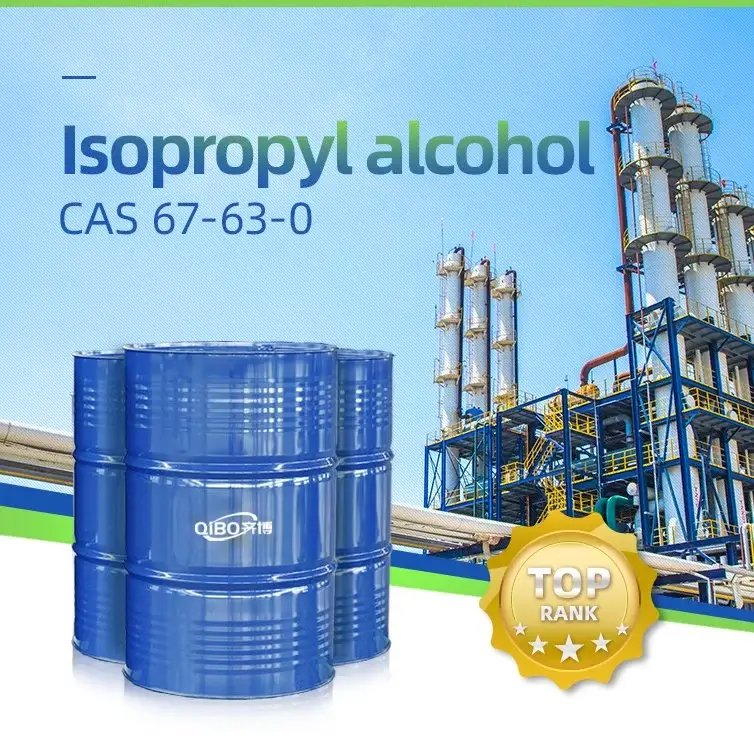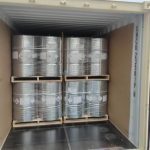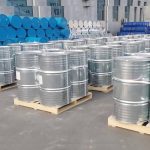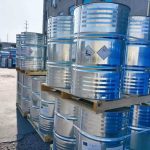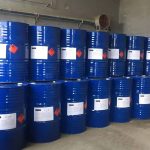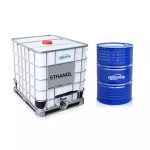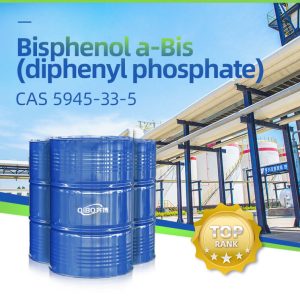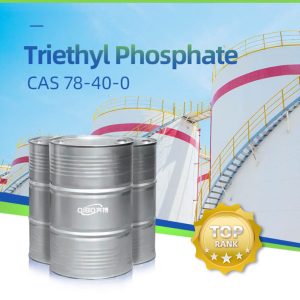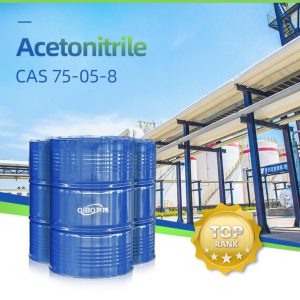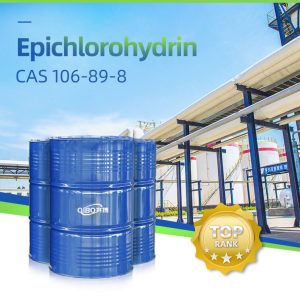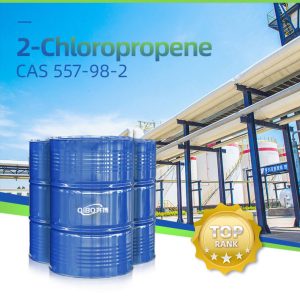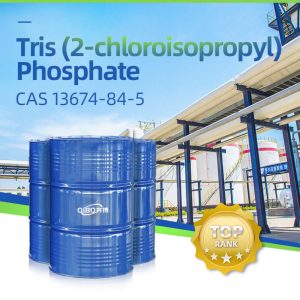
PROUDCTS
Home » PRODUCT » Alcohol&Ether » Isopropyl alcohol
Product introduction
| CAS NO. | 67-63-0 | Formula | C3H8O |
| EINECS NO. | 200-661-7 | Critical pressure | 4.76MPa |
| Melting point | -89.5 ℃ | HS CODE | 29051220 |
| Boiling point | 82.5 ℃ | Critical temperature | 235℃ |
| Density | 0.7855 g/cm³ | UN NO. | 1219 |
| Appearance | Colorless transparent liquid | CLASS | 3 |
| Flash point | 11.7 ℃(CC) | Solubility | Soluble in most organic solvents such as water, ethanol, ether, benzene, chloroform, etc. |
Isopropanol (IPA), also known as 2-propanol, is an organic compound with a chemical formula of C3H8O, an isomer of n-propanol, a colorless and transparent liquid with a odor similar to a mixture of ethanol and acetone. Soluble in water, but also soluble in most organic solvents such as alcohol, ether, benzene, chloroform, etc.
Isopropyl alcohol is an important chemical product and raw material, mainly used in pharmaceuticals, cosmetics, plastics, fragrances, coatings, etc.
The main purpose
1. As chemical raw materials, it can produce acetone, hydrogen peroxide, methyl isobutyl ketone, diisobutyl ketone, isopropylamine, isopropyl ether, isopropyl chloride, fatty acid isopropyl ester and chlorinated fatty acid isopropyl ester Wait. In fine chemicals, it can be used to produce isopropyl nitrate, isopropyl xanthate, triisopropyl phosphite, aluminum isopropoxide, medicines and pesticides, etc. It can also be used to produce diisoacetone, isopropyl acetate and Thymol and gasoline additives.
2. As a solvent, it is a relatively cheap solvent in the industry. It has a wide range of uses. It can be freely mixed with water and has a stronger solubility for lipophilic substances than ethanol. Solvent, can be used in the production of coatings, inks, extractants, aerosols, etc., can also be used as antifreeze, detergents, additives for blending gasoline, dispersants for pigment production, fixatives in printing and dyeing industry, antifreeze for glass and transparent plastics Fog, etc., used as a diluent for adhesives, and also used as antifreeze, dehydrating agent, etc.
3. Determination of barium, calcium, copper, magnesium, nickel, potassium, sodium, strontium, nitrous acid, cobalt, etc. as a chromatographic standard.
4. In the electronics industry, it can be used as a cleaning and degreasing agent.
5. In the oil industry, the extractant of cottonseed oil can also be used for degreasing of animal-derived tissue membranes.
Isopropyl Alcohol Uses
nature
Isopropanol is miscible with water, alcohol, ether and chloroform. It dissolves ethyl cellulose, polyvinyl butyral, various oils, alkaloids, gums and natural resins. Unlike ethanol or methanol, it is insoluble in saline solutions. Therefore, isopropanol can be isolated by adding salts such as sodium chloride, sodium sulfate, or any other inorganic salts to the aqueous solution. This is because isopropanol is not very soluble in saline solution, a process commonly known as salt. The isopropanol can be concentrated and separated into different layers. When isopropanol and water azeotrope at 87.7% by weight (91% by volume), its boiling point is 80.37°C (176.67°F). The melting and boiling points of the water-isopropanol mixture are lower than those of the original pure substance. Isopropyl alcohol has a hint of bitterness [source request], but it is toxic and should not be consumed. Isopropyl alcohol becomes more and more viscous as the temperature decreases. At temperatures below −70 °C (−94 °F), isopropyl alcohol has a consistency similar to maple syrup.


